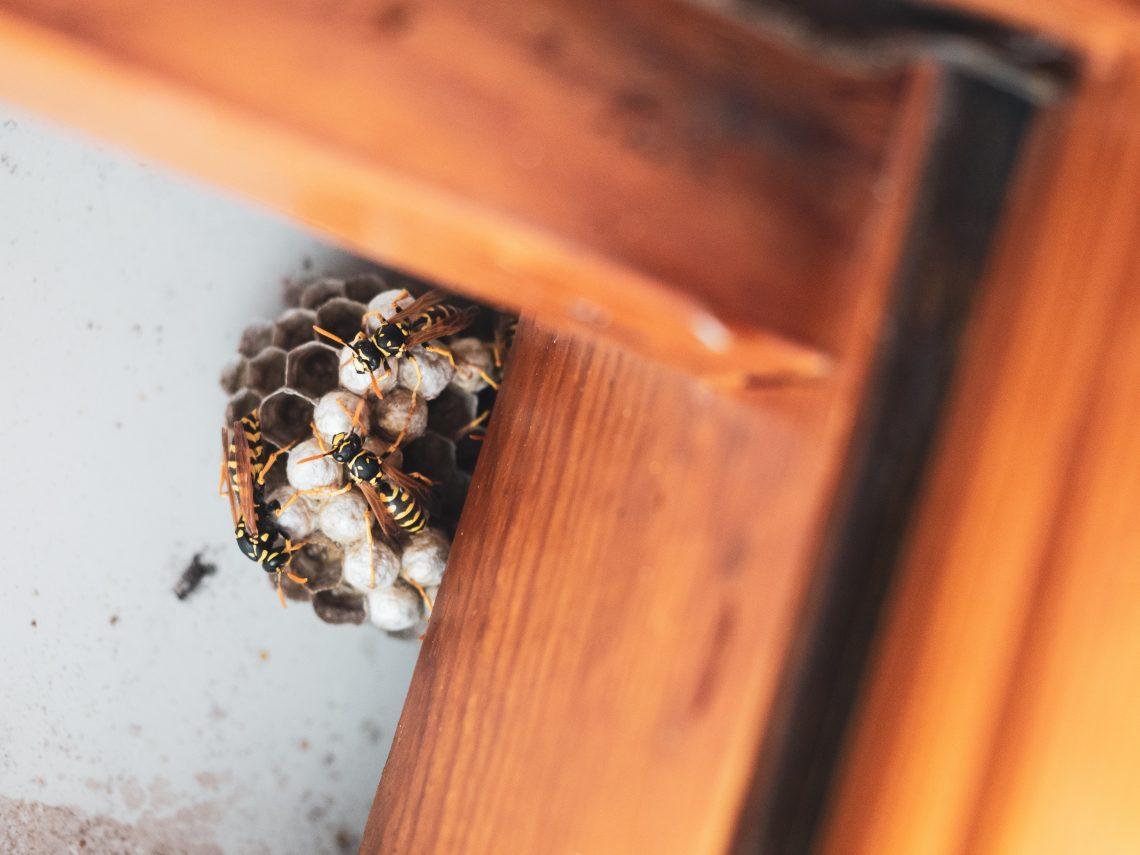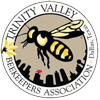Chimney Wasps
Got a wasp problem in your house? Looking to prevent one? Below, we will address a few tips and tricks to rid your house of these garden predators.
Dangers of the Wasp
We don’t deny the benefits a wasp can bring, but a house wasp is, to say, less beneficial…
A nest of wasps inside your chimney can present a stinging hazard and dangerous threat to your family (and pets); the threat is worse if someone has a wasp allergy, as a sting could cause an anaphylactic–severe, potentially fatal–reaction.
Another danger is the nest itself. The nest is made out of paper-like material, and, if that material is in the chimney, you can probably guess what can happen: a chimney fire. So, this paper wasp nest can threaten more than just your family; the chimney nest threatens structural damage.
How to Remove a Nest
If you wish to deal with the wasps yourself, be careful. Take every precaution possible.
Wasps become less active in temperatures lower than 55 degrees Fahrenheit, and they are less active at night and early in the morning. These times are ideal to lessen the danger (though, do not undermine their threat), opening an opportunity to peek into the chimney. Get a powerful flashlight and orient the position of the hive. The hive will more than likely be at the top of your chimney vent.
First of all, if you hear buzzing, the chimney may host a beehive instead of a wasp nest–wasps are much quieter. If you verify they are bees, do not attempt to deal with them. Call Bee Safe Bee Removal to do that job; the hives are difficult to deal with and will attract future problems if not properly removed. If they are wasps (and you are brave), continue on.
You’ll then wear protective clothing. You’ll want at least one extra layer of clothing (extra long-sleeve shirts, pants, and boots are preferred for maximum coverage), plus you will want gloves, safety glasses/goggles, and a mask to protect uncovered areas from wasps and yourself from the spray.
If you’re properly covered, you can take the bold step and go for the hive. You will need a ladder tall enough to access your vent from the outside, unless the hive is near the bottom of the chimney (a rare, unlikely case). Then, thoroughly douse the nest with a strong projectile wasp spray. After application, let them perish for a day then check again. If some are alive, repeat the process until they no longer “pose a problem.”
With the pests disposed of, get a broom or dust stick and get the nest out.
Call a Professional
Wasps are scary. Trying to deal with them is not for everyone, nor is it wise to (especially if you have allergies, then please don’t).
Give us a call, and let’s just talk and give an estimate. We are certified and will gladly dispose of this threat to you and your family. Wasps are much more aggressive than other stinging insects, and they need to be dealt with immediately to avoid issues.
Why in my Chimney?
To help explain prevention, we must understand why they nested in the chimney to prevent future cases (in and out of the chimney).
Wasps look for secluded places of safety and comfort. Your chimney sounds perfect to the average wasp. The wasps will fly into your vent and build their nest near the entrance, where the exit is close while providing protection.
Prevention
The best method is to get a fireplace vent/mesh screen. Blocking the chimney with any other material renders the fireplace useless, but the mesh screen allows smoke to pass through while filtering out unwanted guests.
There are top-fitting dampers out there that work too. These dampers can be opened and closed. Naturally, you would keep it shut (which also provides insulation) unless you start a fire, in which the smoke would prevent wasps from entering. The damper and mesh screen both fulfill their purpose well with proper usage.
Though, the vent may not be the only entry point. Wasps love the gaps in your chimney. You’ll want to make sure any gaps are sealed with caulk to deny entry.
A final step you can take is to set up a decoy nest. Wasps do not build their own nests within 200 feet of another wasp nest. Setting up decoys around your property simply abuses science and natural tendencies of wasps to shew them away.










